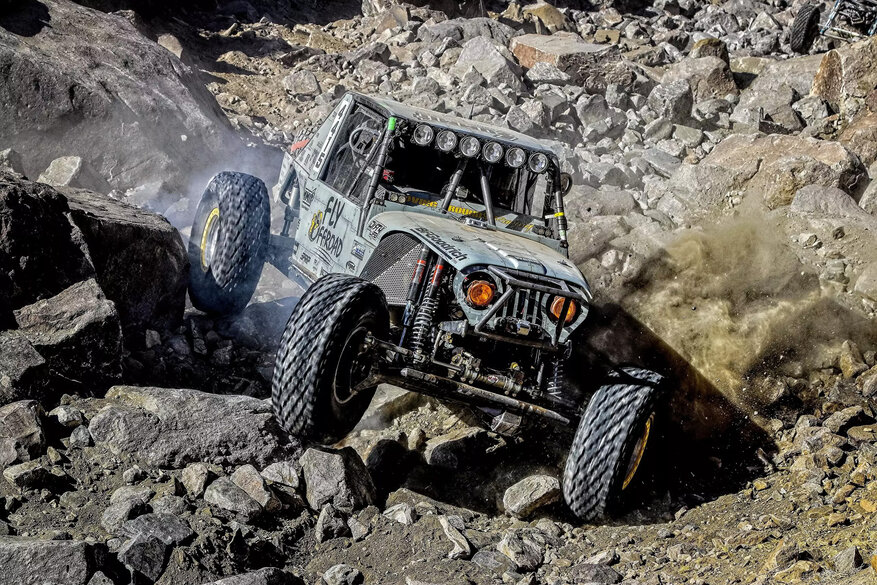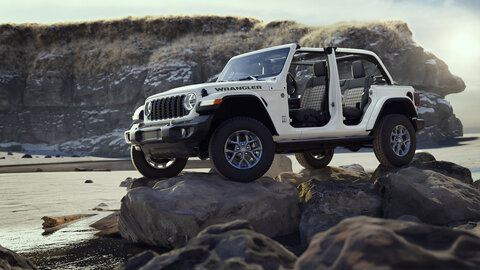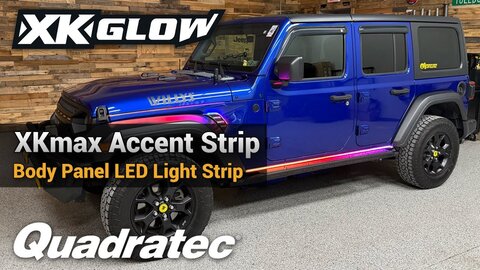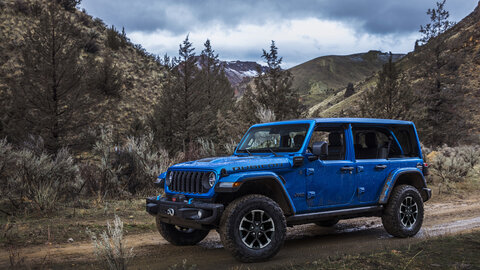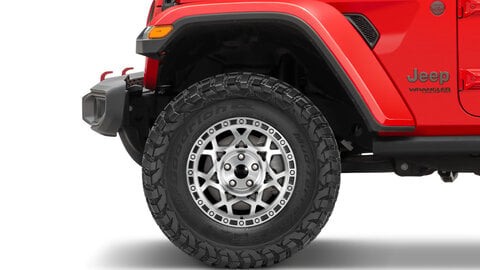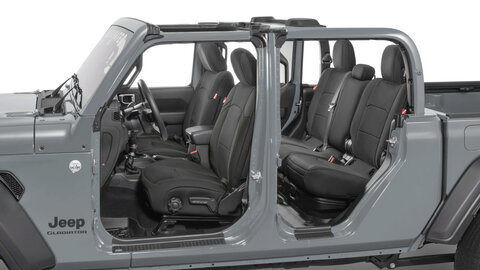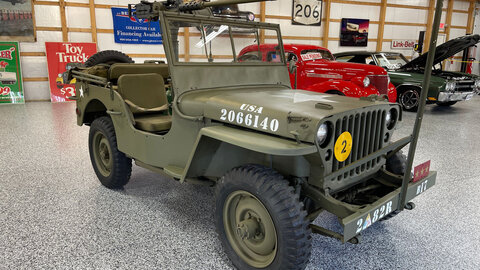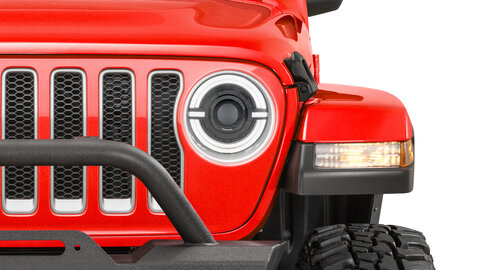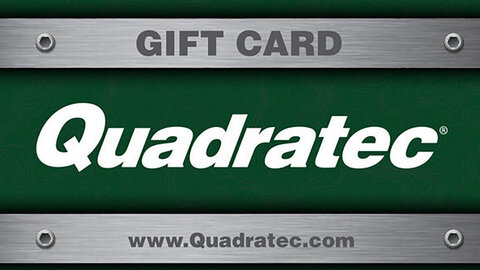by Matt Konkle
Managing Editor
For most of the year, Johnson Valley in California's section of the Mojave Desert sits in loneliness. The sun beats down. The wind blows.
No one really notices.
Once in a while, some campers or an RV emerges towing a few Jeeps or Ultra-4 vehicles. The off-road machines are uncoupled and race off into the desert, come back later, get hitched and soon everything is silent again.
And then the calendar changes. Suddenly, it is early January. Trucks hauling trailers start to show up. Race cars disgorge. A track is set. A rather large 'town' springs up in the dust.
Once again, it is King of the Hammers time.
So what is the story with this thing? Why do so many consider this time of the year in Johnson Valley as the “toughest one-day off-road race in the world.”
Well, it all started on a napkin.
That’s right. King of the Hammers was founded by Jeff Knoll and Dave Cole back in 2007, organizing it in a bar on a napkin. Later, a trial run out in the desert was conducted with 12 teams nicknamed the OG13. These OG13 are always invited back to race in King of the Hammers each year. Additionally, like in golf with the Masters, all past winners, dubbed "Kings", are also invited back to race.
The first official Hammers took place in 2008, although no spectators were present like in the test event. Approximately 50 drivers took part in this edition, with race teams starting in 30-second intervals from Means Dry Lake bed — navigating through the desert on a 50–60 mile set race course.
Over the years, the event — like all fun things do — kept growing thanks to a passionate driver and enthusiast following, to a point now where this portion of the desert just west of Victorville, California has turned more into a kind of festival than an off-road racing escapade for one week a year.
Additionally, as more and more people came, more and more racers attended, and KOH soon expanded from one signature race into a week-long flurry of action involving numerous levels of vehicle modification and styling.
At one point in 2013, the United States Marine Corps wanted to convert the Johnson Valley area into an expanded training facility to support its TwentyNine Palms Combat Center; looking to add the land for live-fire training exercises. However, there was a lot of opposition from Johnson Valley-area politicians, finally resulting in the USMC brokering an agreement to allow 79,000 acres for off-road use, 43,000 acres to the USMC and 53,000 acres for dual-use.
That dual-use meant the USMC could use the land for two 30-day periods each year, with the remainder of time locked in for off-road use.
The evolution at KOH has turned into nearly a dozen racing days, and the whole thing attracts over 500 teams from 37 states and multiple countries. Hammertown, the area nickname where everyone sets up their RVs, trucks and campers, sees somewhere around 80,000 temporary residents, along with 150 food, beverage and merchandising vendors.
Its race vehicles encompass all kinds of off-road makes and models — many heavily modified. Its signature Race of Kings event involves the burliest of these vehicles, called the 4400 Unlimited Class. Many of these have modifications exceeding $100,000, with some extending up to $500,000. They are capable of speeds exceeding 140 miles per hour during desert sections, but they also have gear ratios, huge tires, and suspension systems integrated to overcome the rockiest of obstacles. And yet, during an average KOH, less than 20 percent will actually finish the race. Hence the phrase 'the toughest one-day off-road race in the world.' Another phrase you'll often hear during KOH is 'if you are going to race the event, you are going to break something.'
Other classes aren't so demanding in their vehicle requirements, with the most popular including the 4800 Legends, 4500 modified and 4600 stock class. But the race events themselves are still extremely difficult. The 4600 version is what makes up KOH's other signature event — the Everyman Challenge. UTV and EV vehicles also have their own stuff as well.
KOH competitors start side-by-side, with two vehicles leaving every thirty seconds, and they must complete the 200-mile course in fewer than 14 hours. Also, each team must pass through seven checkpoints while staying within one hundred feet of the centerline of the course. KOH is also a no-chase-team race, meaning repairs can only be done on the track by the racers or in the pit area, which makes for interesting and innovative recovery situations.
Racing is currently underway and runs through the signature Race of Kings on Saturday, Feb. 3.













